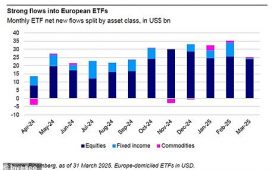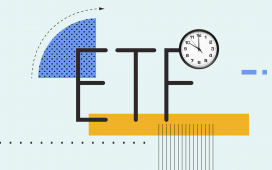
In terms of volume, Primedatabase said, adding there were as many as 920 issuers in 2023, which was 863 in the previous year.
The data include both listed and unlisted debt which have tenor and put/call option of above 365 days.
Pranav Haldea, the managing director of Primedatabase, attributed the surge to higher credit demand and liquidity constraints in the banking system.
The highest mobilisation was made by the financial institutions and banks mopping up Rs 4.72 lakh crore, 29 per cent more than Rs 3.66 lakh crore raised in 2022.
Also, the private sector mobilized 40 per cent more at Rs 4.45 lakh crore, compared to Rs 3.18 lakh crore in 2022, he said, adding government entities mobilised 41 per cent of the total amount, which was 38 per cent over 2022.
This was led by banks with 89 per cent share followed by PSUs with a 9 per cent share. The highest mobilisation was by HDFC (Rs 74,062 crore), followed by NABARD (Rs 63,164 crore), PFC (Rs 52,575 crore), REC (Rs 51,354) and SBI (Rs 51,080 crore).
These five issuers raised Rs 2.92 lakh crore (or 31 per cent of the total) in comparison to Rs 1,96,276 crore (or 26 per cent of the total) raised by the top five issuers in 2022, Haldea said.
As much as 59 per cent of the total amount (Rs 5.61 lakh crore) was in the 7-8 per cent coupon range and 16 per cent (Rs 1.55 lakh crore) in the 8-9 per cent coupon range, he said.
The year also saw as many as 404 first-time issuers hitting the market in comparison to 408 in the previous year.
Public bonds saw a near 175 per cent increase with 44 issues raising Rs 18,176 crore in comparison to 29 issues raising Rs 6,611 crore in 2022 and the largest issue was from Power Finance Corp raising Rs 2,824 crore.
In addition, companies also raised Rs 3.29 lakh crore debt from overseas (including ECBs), which was up 4 per cent more over 2022.










